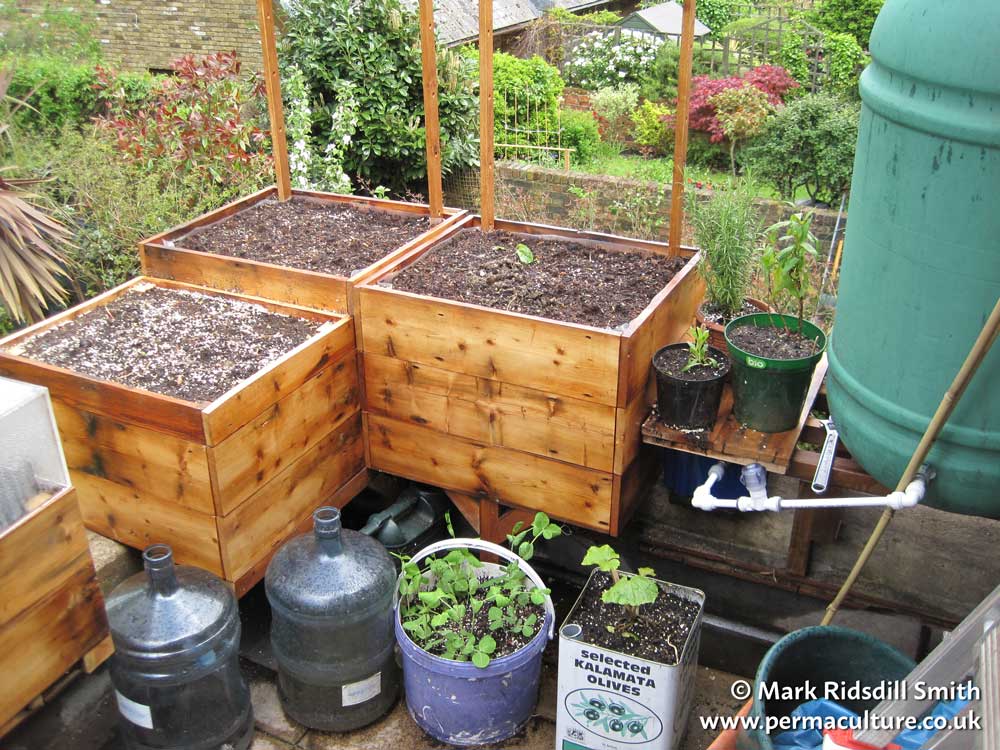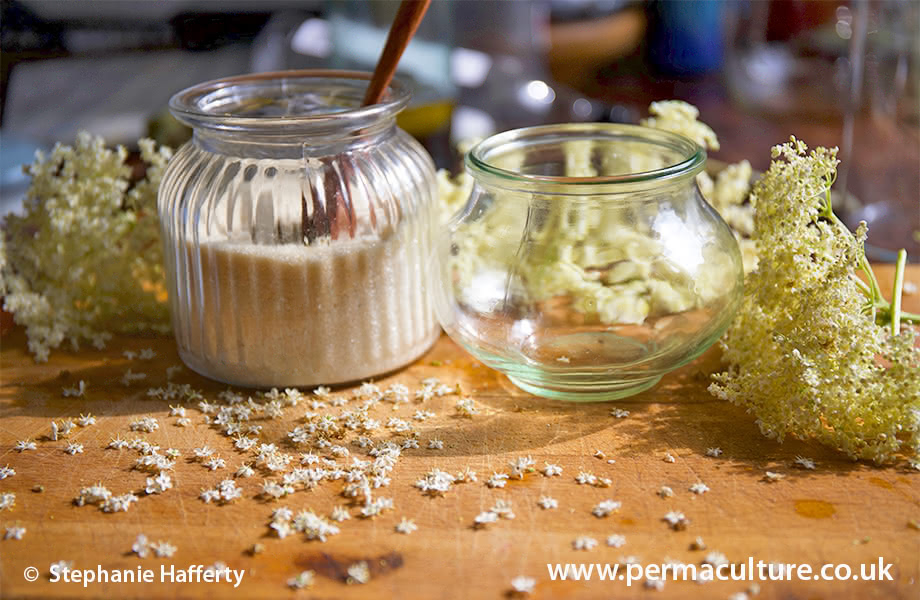Let’s not fool ourselves: We have less than 3 hectares of land per capita left and, on this small area that is still available, only a tenth is cultivated and feeds us. On the rest, we need to house ourselves, clothe ourselves, transport ourselves, to simply live. We begin to realise the impoverishment of this planet Earth – for which, for the first time in history, we are fully responsible. It is with this notion of responsibility and respect that solutions to environmental problems are discovered. We went from being children of the Earth to becoming its guardians.
Claude and Lydia Bourguignon
Without soil we would not exist. This complex milieu is essential to our survival as well that of animals and plants. Brilliant civilisations have been built on fertile land, and they have disappeared when the soil fertility depleted into desert conditions.
Soil is the surface layer of the earth’s crust that extends from its surface to the parent rock. The thickness of this thin ‘skin’ of the living earth varies from a few centimetres to a few metres: It is ridiculously thin compared to the thickness of the earth’s crust or the atmosphere. Yet this ecosystem is home to the largest number of living species. One tablespoon of soil contains more living beings than there are humans on Earth!
Soil remains an environment that is little understood to scientists and even less so to farmers and the general public. Worse, our culture teaches us to loathe dirt. As children, we are scolded when our clothes are soiled or our nails blackened. This dusty brown substance upon which we tread our whole life without much thought seems inert, uninteresting, reduced to the receptacle for our excrements and pollution. Is it due to lack of understanding and love that a number of farmers indiscriminately destroy unbelievable amounts of arable land?
Understanding soil and how it works is anything but obvious. We read a lot, followed training courses, had numerous analyses carried out according to different protocols, and conversed with agronomists and specialists. We gradually realised that our biointensive method of cultivating the land, in the form of permanent raised beds with large amounts of fresh organic matter added, raised specific questions that had not yet been studied by contemporary science.
We ended up launching our own programmes of research to try to understand the impact of biointensive practices on market garden land. To help us with these programmes we had the joy of welcoming, on several occasions, Lydia and Claude Bourguignon, the top French soil specialists, who became members of our scientific committee. We fell under the charm of this couple, both passionate researchers and generous people. Inseparable, Lydia and Claude have conducted surveys in just about every type of arable land on the planet, but they keep their curiosity and enthusiasm piqued, as if each soil profile was their first. They love life, nature, and their fellow human beings, which motivates them in a fight for the protection of arable lands. We watched them dig holes and take samples from our gardens, greenhouses, and in the open air, in the control meadow, in an old hot layer of mulch. The first analyses were done in the field, supplemented by others carried out later in their laboratory, the LAMS. This chapter owes a lot to our discussions with them as well as to their book Le Sol, la Terre et les Champs, which is, in our opinion, the best book on soil.
In addition, a recent Belgian study demonstrated an exceptionally rapid improvement of our soils; we will come back to this later.
Not having scientific backgrounds, we will humbly admit that we don’t understand all of this. We know our limits. We write as market gardeners, and the purpose of these pages is to help you understand the main operating principles of soil and the impact of your practices. We have tried to present these realities to you in a simple way. Rest assured: You can still be an excellent gardener without knowing all the intricacies of nitrogen cycles and carbon!
Organic matter is made up of litter dropped by plants and animal waste that settles on the surface of soil. Roots that die in the ground also enrich soil by releasing organic compounds in a process called rhizodeposition. The organic matter in soil includes this debris as well as the living organisms that break it down in a state of perpetual renewal. (Worms can break down several tons per acre.) Organic matter is mainly composed of carbon, which represents up to 10% of soil composition; a soil carbon level of at least 3.5% is considered desirable for arable land. Fertile soil contains organic matter at all stages of decomposition.
Carbon enters the life cycle through the photosynthesis process in chlorophyllin plants. Thanks to the energy of the sun, they convert CO2 (carbonate mineral) in the atmosphere into organic carbon (sugars) and oxygen. This organic carbon is transmitted throughout the food chain: Herbivorous animals eat the plants and are themselves eaten by carnivorous animals. All of these living organisms feed on leaves, plants at the end of their life cycle, animal droppings, and skeletal remains. At every step of this chain, there is loss of organic matter, consumed by plants and animals as a source of energy. Carbon is then released in the form of CO2.
Both the microfauna (animals visible to the naked eye) and the microorganisms (algae, animals, fungi, and bacteria invisible to the naked eye) found in soils participate in the decomposition and recomposition of organic matter. Coarse elements are transformed into soluble minerals that can be assimilated by plants.
Organic matter offers many functions that enhance the quality of crops:
Nutritional functions: contributes nitrogen, phosphorus, and sulphur for plants, and sugars and other organic molecules and minerals for soil organisms.
Biological functions: supports soil biological activity and biodiversity and is an energy source for soil organisms.
Chemical fertility: stores mineral elements, neutralisation of pH, and so on.
Physical functions: provides structure, porosity, ventilation, permeability, stability, water storage, resistance to harsh weather.
Atmospheric quality: stores carbon in soil.
Availability and quality of water: stores, filters, and retains pollutants.
Colloids are particles that have an electrical charge on their surface. They can remain suspended in a liquid such as water, which has an electrical polarity. The electrons are more attracted to the oxygen part than by the two hydrogen parts. This results in a positive pole on one side of the molecule and a negative pole on the other.
Negative particles from bedrock degradation (clays) and litter degradation (humus) are attracted towards the positive pole of water molecules, to which they form a weak bond. Particles with a positive or negative electric charge are mutually attracted. The capacity of colloids to remain in suspension in water explains why leaching is such a risk factor for these elements. If the water trickles out, they go with it!
Bedrock degradation also releases positive ions of calcium, magnesium, iron and aluminium to name a few. They act as a bond between the negative particles of clay and the humus layer. The particles thus formed, called clay-humic complexes, are electrically neutral; they are not attracted to water and resist its erosive properties.
Throughout the decomposition process, microorganisms and fungi transform some of the organic matter into humus. Humus consists of stable organic molecules made up of carbon atoms and minerals.
The rate at which soil’s organic matter is transformed into humus depends on the quality of the organic matter, the soil type, and the growing conditions. In general, organic matter rich in lignin from straw, compost, and brown-rot fungi has a high humic yield, while animal waste and green manures have a low humic yield.
There are different types of humus, with varying levels of stability. The length of the humus cycle also varies depending on soil type, temperature, moisture, soil aeration, and soil pH. Some types of humus can remain in the soil for several thousand years.
Humus is a storehouse of nutrients. It has a strong capacity to retain water and plays an important role in structuring soil.
The clay-humic complex is a structure made up of clay and humus. Molecules with clay and humus have a negative charge and are connected by ‘bridges’ formed from positive ions of calcium, magnesium, iron hydroxide, or alumina.
These electric bridges are more or less solid. ‘Biological glues’ reinforce them. Some mycorrhizal fungi secrete a glue called glomalin that coats the clay+humus+ions elements. The particles thus created are stable and help give the soil a lumpy texture.
The clay-humic complex is formed mainly in the digestive tracts of earthworms. A special gland in these tracts secretes calcium carbonate to bind clays and humus. This is one of the reasons why earthworms are such important actors in the creation of fertile soil.
The clay-humic complex retains cations (calcium, magnesium, potassium, sodium) on its surface area. Cations are mineral elements that are essential for plant nutrition. They can engage with the soil solution and establish a reservoir for chemical fertility.
The cation exchange capacity (CEC) is a measurement that reveals the mineral storage capacity of the clay-humic complex. The more elevated the CEC, the more cations are present.
The clay-humic complex forms aggregates that are insoluble in water, without losing its ability to exchange the cations attached to its surface. It balances stability and exchange capacity. Its role is essential in soil fertility. It also contributes to the soil’s porosity and ability to resist compaction.
We can describe the clay-humic complex like a ‘pantry’ for plants. If it is destroyed (by acidification, drought, or the use of chemicals that destroy soil life), the minerals it retains end up suspended in the soil’s water and become susceptible to leaching.
This is an extract from Living with the Earth: A manual for market gardener – volume 1











